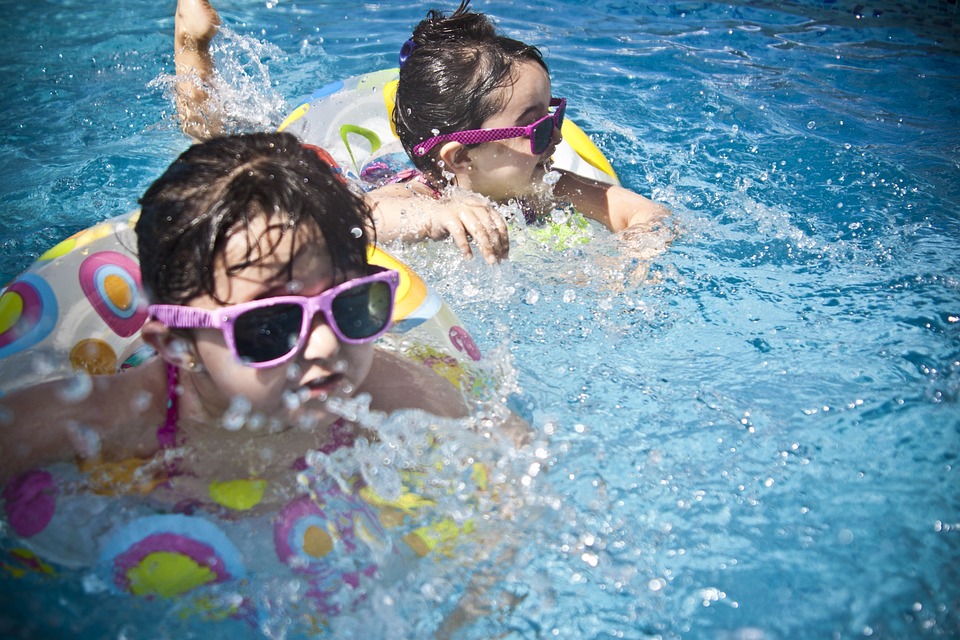Open water swimming offers a refreshing alternative to the confines of a swimming pool. With vast lakes, rivers, oceans, and even quarries to explore, it presents unique challenges and experiences. However, to enjoy the exhilaration of open water swimming safely, it’s essential to be well-prepared and informed. This guide will walk you through the safety protocols, strategies, and tips you need to make your open water experience enjoyable and risk-free.
Why Swim in Open Water?
- Connection with Nature: Enjoy stunning landscapes and the serenity of natural water bodies.
- Variety of Environments: Swim in diverse settings, from tranquil lakes to dynamic ocean waves.
- Physical and Mental Boost: Open water swimming can enhance your physical health and provide a mental escape from daily stressors.
Safety First
1. Understand the Environment
- Know the Water Conditions: Research the water temperature, current, visibility, and local wildlife. Different bodies of water present varied challenges—from unpredictable tides to unseen currents.
- Beware of Weather Changes: Check forecasts before heading out. Sudden storms can make swimming hazardous.
2. Swim with a Buddy
- Never Swim Alone: Partnering with someone ensures help is available in case of an emergency. Choose a capable swim buddy whose skills match your own.
3. Wear the Right Gear
- Wetsuits: Depending on water temperature, a wetsuit may be necessary for thermal protection.
- Buoyancy Aids: Consider using a buoy or inflatable swim buoy for visibility and safety.
- Swim Caps and Goggles: Brightly colored swim caps increase visibility, while fog-resistant goggles can help with visibility underwater.
4. Stay Visible
- Bright Colors: Wear bright or reflective swim gear.
- Swimming Zones: Stick to marked swimming areas whenever possible to stay clear of boats and other hazards.
Pre-Swim Preparation
1. Warm-Up
- Pre-Swim Routine: Engage in dynamic stretching and gentle land-based warm-ups to prepare your muscles for the cold water shock.
2. Acclimatization
- Gradual Entry: Enter the water slowly to help your body adjust to the temperature. This can help reduce the risk of shock.
Strategies for Effective Open Water Swimming
1. Navigation Skills
- Sighting: Use landmarks or buoys to keep your course straight. Practice lifting your head periodically to ensure you’re heading the right way.
- Breathing: Bilateral breathing can help you keep track of your surroundings and adapt to waves.
2. Swimming Techniques
- Freestyle Basics: Focus on a smooth stroke to maintain efficiency, especially with currents and waves.
- Encountering Waves: Learn to swim through waves by ducking under larger swells or rotating your body to maintain forward motion.
3. Anxiety Management
- Breathing Techniques: Practice deep belly breathing to calm nerves.
- Visualization: Mentally envision a successful swim to build confidence.
In Case of Emergency
1. Communicate Beforehand
- Establish a Plan: Before entering the water, agree on how to signal for help and what to do if someone feels uncomfortable.
2. Know the Signs of Distress
- Recognize Distress Signals: Watch for swimmers showing signs of fatigue or distress. Approach them cautiously and offer assistance or support.
3. Utilize Safety Equipment
- Lifebuoys and Whistles: Familiarize yourself with local swim areas and the equipment available for emergencies, such as lifeguards and rescue boards.
Post-Swim Considerations
1. Rehydrate and Refuel
- Hydration: Drink water or sports drinks to replenish fluids lost during your swim.
- Healthy Snacks: Consuming protein-rich snacks can aid in recovery and muscle repair.
2. Cool Down
- Gentle Stretches: Post-swim stretching can help prevent stiffness and promote flexibility.
Conclusion
Open water swimming can be an exhilarating and liberating experience. By prioritizing safety and employing effective strategies, you can make the most of your time in the water. Whether you’re a novice or a seasoned swimmer, always approach open water with respect and awareness. Embrace the beauty and adventure it offers, and enjoy your journey into the depths of nature!



